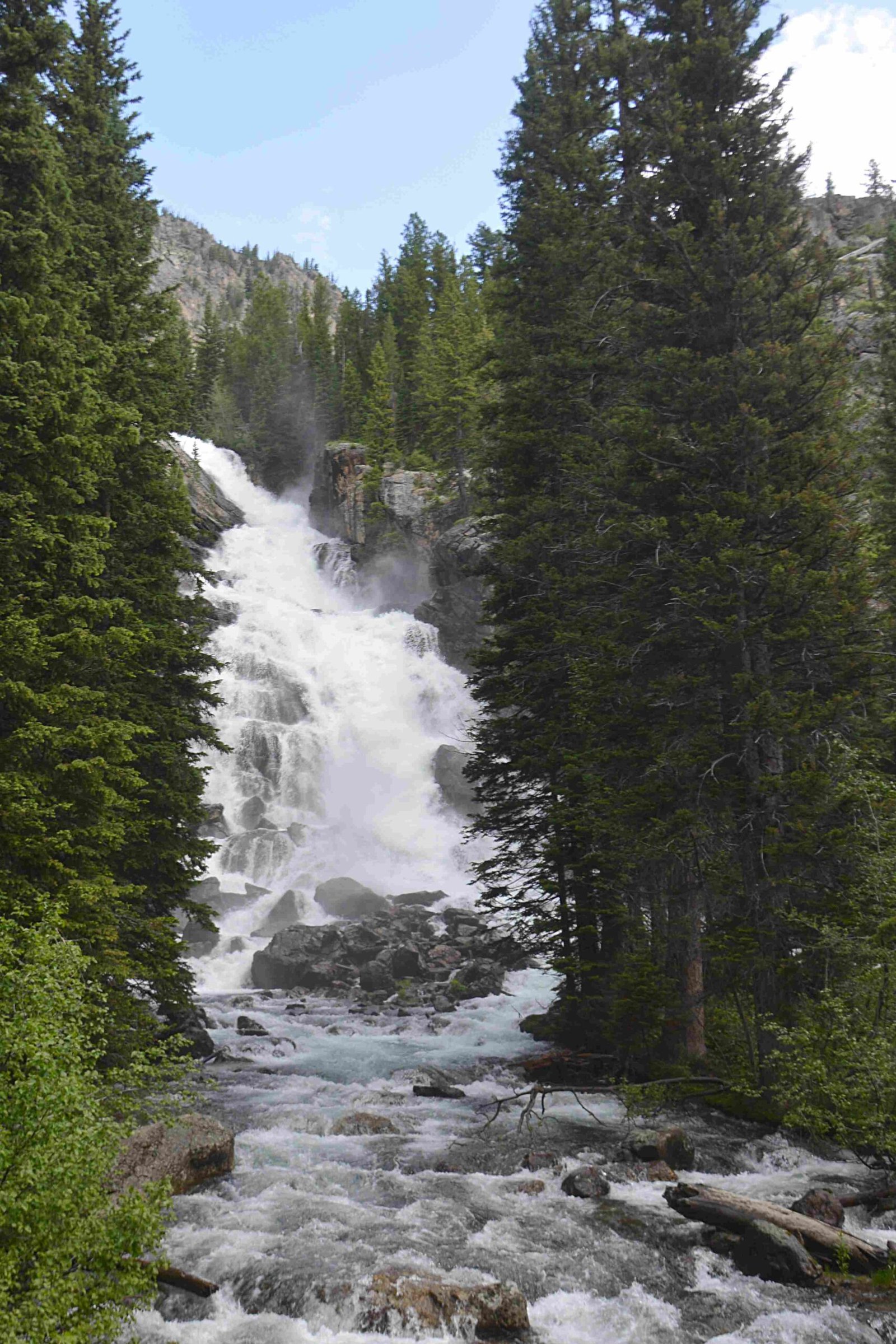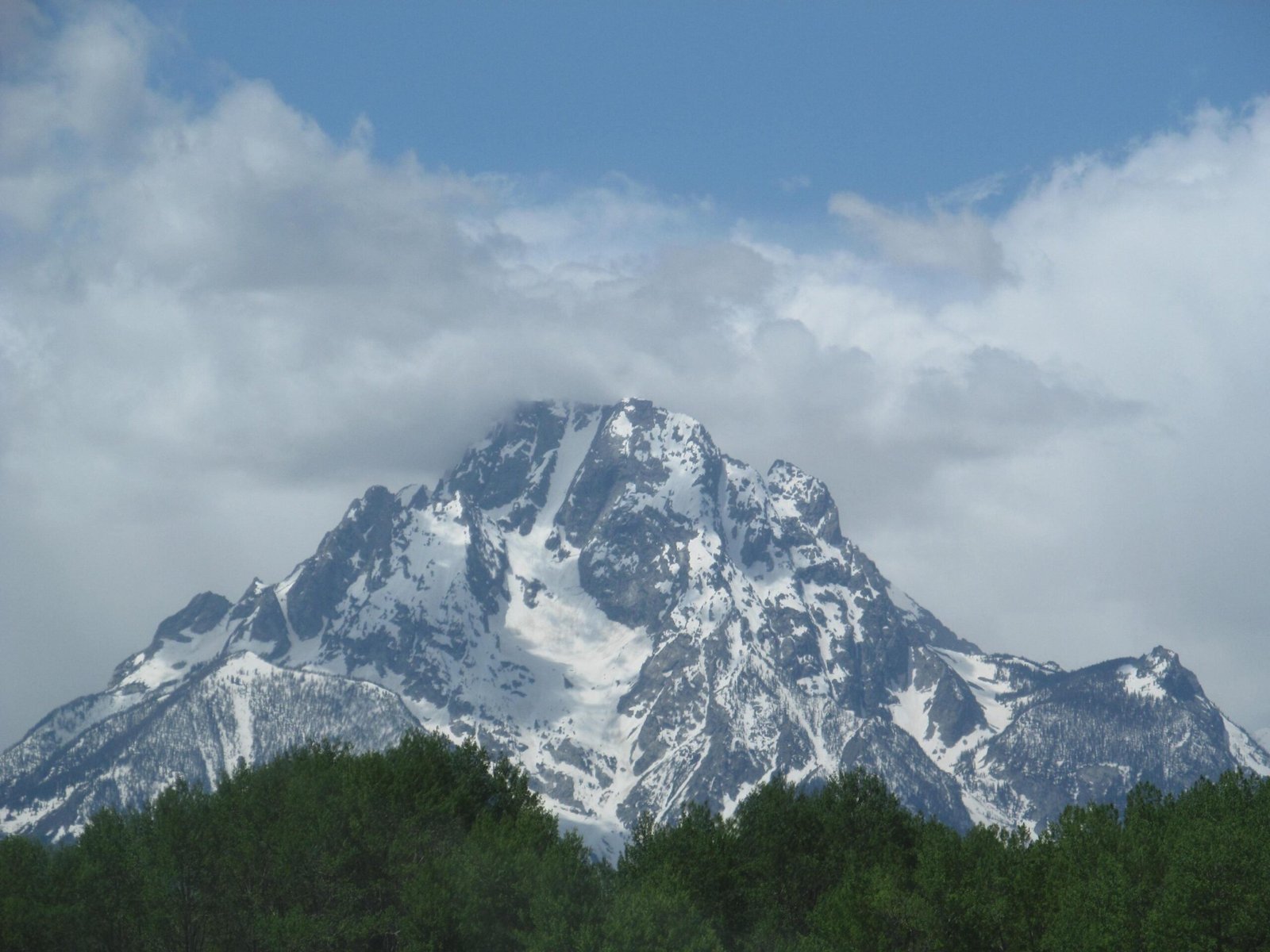Climate change is dramatically reshaping Grand Teton National Park, transforming its delicate alpine ecosystem through rising temperatures, glacier retreat, and significant biodiversity shifts. Over the past decades, the park has experienced substantial environmental changes that threaten its unique ecological balance, with warming trends accelerating landscape transformations and challenging traditional wildlife habitats.\n\n## What Are the Current Temperature Trends in Grand Teton National Park?\n\nGrand Teton National Park has witnessed remarkable temperature changes that signal broader climate transformation:
- Average temperatures above 7,000 feet increased by 2.5°F between 1950-2020
- Nighttime temperatures rose 3-4°F over 110 years
- Projected summer temperature increases suggest earlier growing seasons
How Do Glaciers Respond to Climate Change?\n\nGlacial dynamics in Grand Teton National Park reveal critical environmental shifts:
| Glacier | Recession Percentage | Time Period |
|---|---|---|
| Falling Ice Glacier | 25% | 1967-2006 |
| Skillet Glacier | 25% | 1967-2006 |
Specific Glacial Impact Observations:
- Accelerated glacier retreat
- Reduced below-freezing days
- Increased wildfire risks
- Potential water source disruptions
What Ecological Transformations Are Occurring?\n\nThe park’s ecosystem is experiencing profound changes:

- Hydrologic Regime Shifts
- Transition from snow-dominated to rain-dominated ecosystem
- Altered plant growth patterns
-
Soil moisture depletion risks
-
Species Vulnerability
- Cold-dependent organisms facing significant challenges
- Potential habitat loss for sensitive species
- Changing migration and adaptation patterns
How Are Conservation Efforts Addressing Climate Change?\n\nMultiple strategies are being implemented to mitigate environmental impacts:

- Habitat Restoration Projects
- Restoring native sage-steppe species
- Rebuilding sagebrush habitats
-
Supported by Grand Teton National Park Foundation
-
Research and Monitoring Initiatives
- Collaboration with USGS Benchmark Glacier Project
- Teton Alpine Stream Research (TASR) project
- University-partnered climate trend studies
What Are the Long-Term Projections for Grand Teton National Park?\n\nClimate models suggest significant future transformations:
- Extended growing seasons
- Potential earlier spring onset
- Increased likelihood of drought conditions
- Continued species distribution changes
Adaptive Strategies and Community Involvement\n\nLocal and national organizations are developing comprehensive approaches:
- Wyoming Anticipating Climate Transitions (WyACT) project
- Community science collaboration
- Knowledge co-production for resource management

